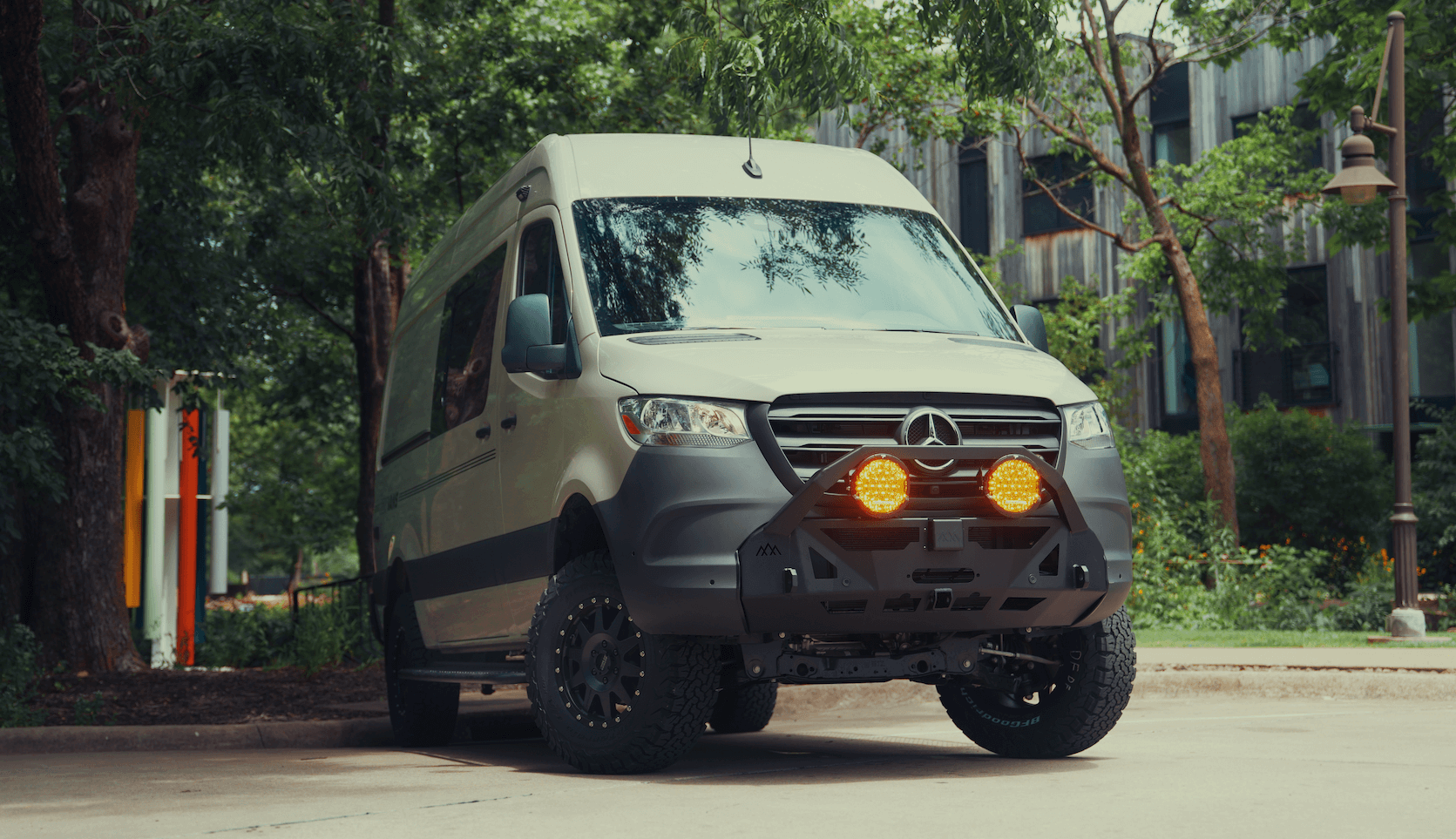Recreational Vans

Lithium iron phosphate changes what is possible in a mobile power system by offering far more usable energy from the same rated capacity. A 100 amp hour LiFePO4 bank can deliver about eighty to ninety percent of its capacity without damage, while lead acid prefers shallow cycles. That unlocks longer appliance run time, less generator use, and fewer charge cycles per trip.
Charging is quicker and more efficient. Lithium accepts higher current through most of the charge curve, so alternators, solar, and shore power replenish energy faster when paired with correct equipment. Weight and volume drop significantly compared to similar usable capacity in absorbed glass mat or flooded batteries, which helps handling and payload.
Safety with LiFePO4 is excellent when designed correctly. A quality battery management system controls cell balancing, temperature limits, and current protection. Proper fusing, cable sizing, and secure mounting complete the safety stack, resulting in a system that runs cool, stable, and predictable for thousands of cycles.
Think in terms of usable kilowatt hours. Multiply battery nominal voltage by amp hours and apply a realistic usable percentage. Matching this to your daily energy budget prevents undersized or oversized banks and protects your investment.
Lithium can often handle a charge rate of half to one times capacity when the manufacturer allows it. The result is faster recovery and longer cycle life when operated within voltage and temperature limits and kept off the extremes of full charge and empty.
LiFePO4 prefers moderate temperatures. Many batteries include internal heaters or low temperature charging protection. Designs should prevent charging below freezing and avoid hot engine bay locations unless insulation and airflow are addressed.
Start with loads. List all devices, note watts and hours of use, and total daily watt hours. Convert to amp hours at system voltage to size the battery bank. Add a buffer for cloudy days and seasonal changes in solar production.
Select an inverter charger that fits your peak and surge needs. Induction cooktops, air conditioners, and microwaves demand strong surge capability. Make sure the inverter charger includes a lithium charging profile and coordinate settings with your battery management system.
Choose your charging sources and make them work together:
Wire sizing and overcurrent protection are non negotiable. Use marine grade cable, calculate voltage drop at expected currents, and place fuses near power sources. A well laid out bus bar system keeps connections clean and serviceable. Battery enclosures should be ventilated for electronics cooling even though LiFePO4 does not off gas like flooded batteries.
Monitoring closes the loop. A shunt based battery monitor or smart BMS app shows state of charge, current, and history. Accurate data builds confidence and reduces range anxiety on longer trips.
Alternator integration starts with understanding the vehicle. High output or smart alternators may require current limiting and temperature monitoring. A DC DC charger sized to the alternator and battery bank prevents overloading and ensures correct lithium charge stages.
Solar strategy depends on roof real estate and shading. Parallel strings can reduce shading loss while series strings maximize voltage for efficient MPPT operation. Secure panels to racks that can handle wind and trail vibration, and route cables through waterproof glands with chafe protection.
Shore power design should include a transfer switch function in the inverter charger, a properly rated inlet, and GFCI protected branch circuits. Grounding and bonding must meet electrical codes and consider metallic chassis paths.
Cold weather requires a plan. Either select batteries with internal heaters, add external heat pads with thermostats, or locate the bank inside the conditioned cabin. Prevent charging below freezing to preserve lifespan.
Think about serviceability. Place breakers, fuses, and bus bars where they can be inspected. Label every major cable. Allow space for airflow around the inverter and DC DC charger. This attention to detail keeps the system stable on washboard roads and easy to troubleshoot years later.
Finally, consider future proofing. Leave room for another battery module, add extra solar prewire, or choose a charger that can support higher current later. A modular layout simplifies upgrades as your travel style evolves.
Ready to turn this plan into reliable power on wheels? For professional system design and installation, explore Recreational vans, see our approach to a Custom build van, or review finance friendly options in Mainstream vans. OZK Customs builds complete lithium power systems with safe charging, clean wiring, and tested components for real world travel. Tell us your route, climate, and gear, and we will design a system that fits your rig and the way you move.
Ready to upgrade to dependable lithium power? Tell us how you travel, and OZK Customs will design and install a safe, high performance system that fits your rig and goals. Start your build plan today.
ADDRESS:
6159 E Huntsville Rd, Fayetteville, AR 72701
PHONE:
(479) 326-9200
EMAIL:
info@ozkvans.com